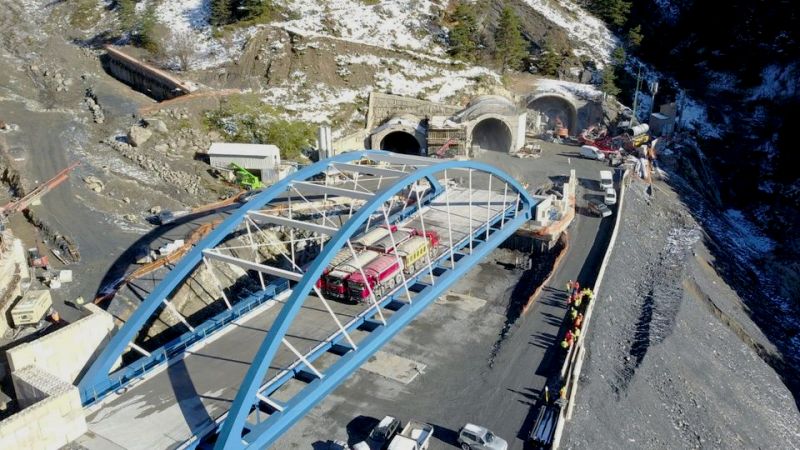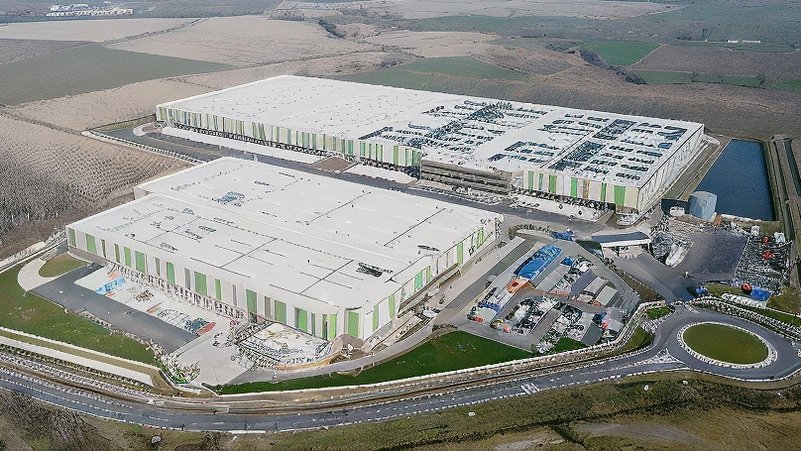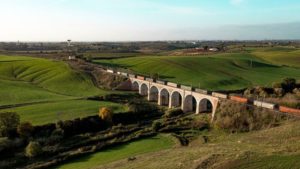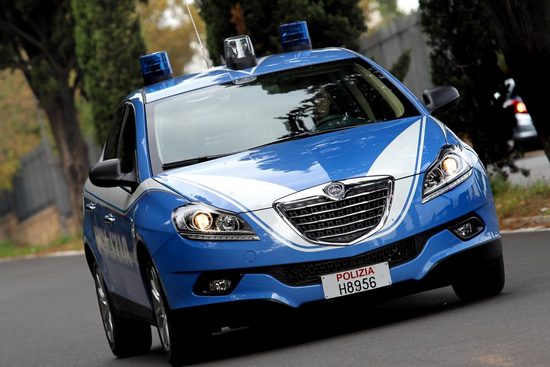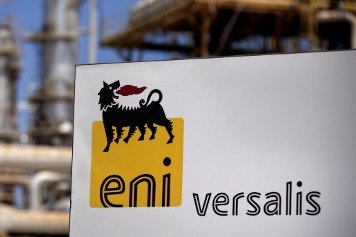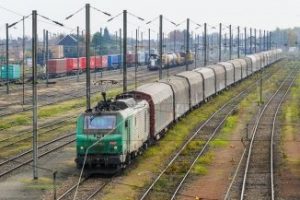Historically, the Italian railway network has paradoxically showcased both excellence and significant delays and infrastructure gaps. The opening of the new Rome-Naples high-speed line in December 2005 marked the debut of the European-standard Ertms/Etcs signaling system, a technology never before used on a railway line open to normal commercial service. It was a doubly bold choice, as the new technology was implemented immediately without a cautious coexistence with the national signaling system.
However, the Rome-Naples project was not entirely successful, as it highlighted one of the main shortcomings of the railway infrastructure: node capacity, a deficiency still largely unresolved. In 2005, the high-speed service was only operational between Rome Prenestina and Gricignano, near Aversa. It took another year to complete the connection to the Rome node and until December 2009, four years later, for the line to actually reach Naples with a dedicated track.
The capacity of major nodes is still under strain. RFI (Italy's rail infrastructure manager) aims to address this by employing technology, such as the High Density system, a local evolution of the Etcs, to increase train frequency, streamline operations, and eliminate bottlenecks. However, progress has not moved beyond the experimental stage.
The serious failure that occurred in Rome on October 3, 2024, which led to the cancellation of around one hundred passenger trains, with repercussions throughout the network—including on freight trains, which are always the first to be delayed in such cases—exposed the overall fragility of the system. Human error aside, which is always possible but never a reason for self-exoneration, the failure or incorrect response of emergency systems is the clearest demonstration of the severe underestimation of the necessary infrastructure requirements. Redundant systems, which are required on traction units, should also be present throughout the network, with central systems capable of working in parallel if needed.
Another contributing factor to the disruptions is the ongoing construction work along the tracks. According to an estimate by RFI, the network is currently undergoing more than a thousand renewal, adaptation, and infrastructure enhancement projects. Undoubtedly, in the coming years, the benefits of this effort will become apparent, but for now, the negative consequences are taking their toll—especially as, with few exceptions like complementary railways, the construction sites are operating while all lines remain open.
The unprecedented acceleration of interventions is certainly due to the funds provided by the National Recovery and Resilience Plan (PNRR). Over the next decade, including other resources, the FS Group (Italian State Railways) intends to invest 124 billion euros. RFI alone is currently carrying out projects worth ten billion euros under the PNRR, with an additional 15 billion to be spent by 2026. However, this massive construction plan raises delicate issues regarding the work itself and the workforce.
All construction work is carried out by contractors, including much of the ordinary and extraordinary maintenance. In practice, while theoretically RFI is responsible for site safety, it is delegated to the contracting companies, including staff training. There is also the question of supplier qualification: according to sources from Ansfisa, the National Safety Agency, there is no recognized certification, the well-known SOAs, specifically for railway work—the criteria are ultimately set by the infrastructure manager. Then there's the gray area of scheduled or contingent maintenance, where the most serious, even fatal, accidents have occurred: rules exist on paper, but due to time pressures or underestimation of risks, the unthinkable can happen.
Piermario Curti Sacchi



